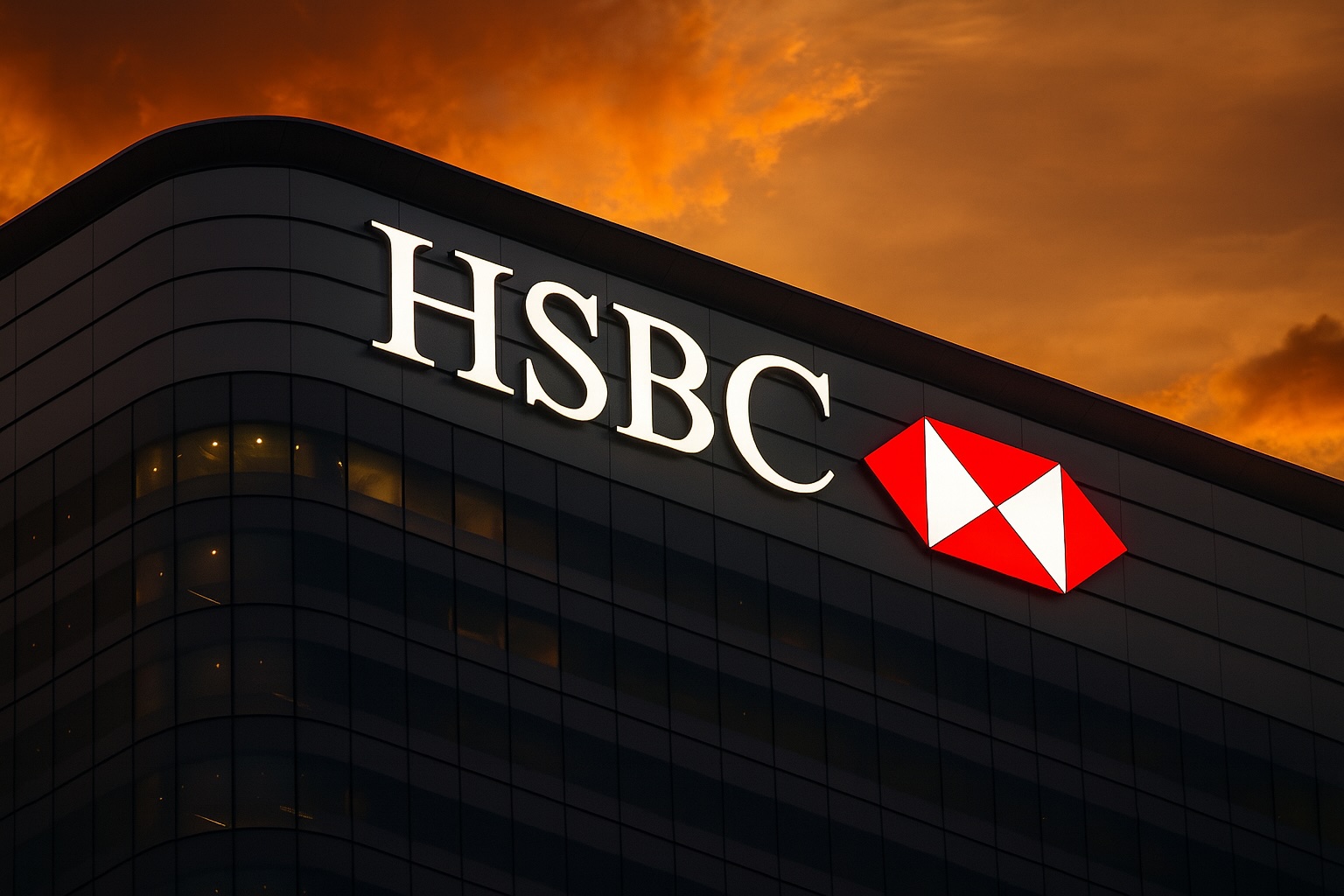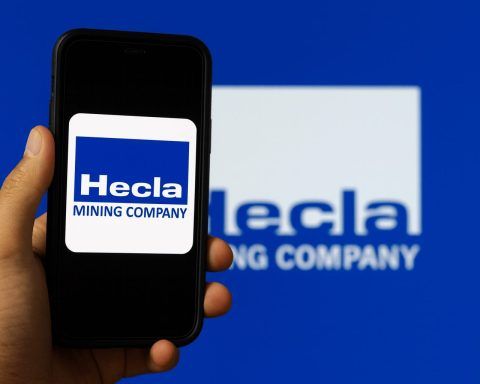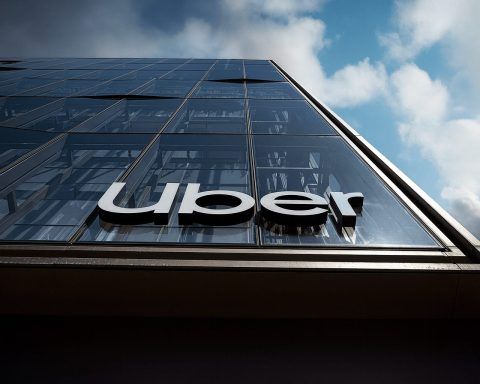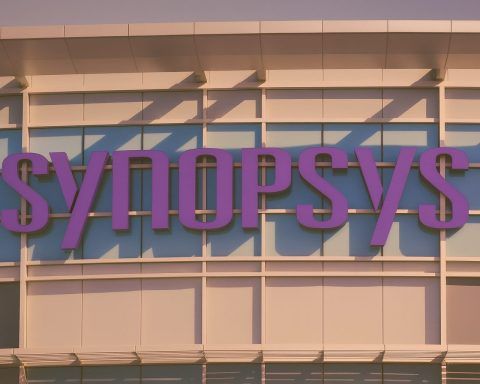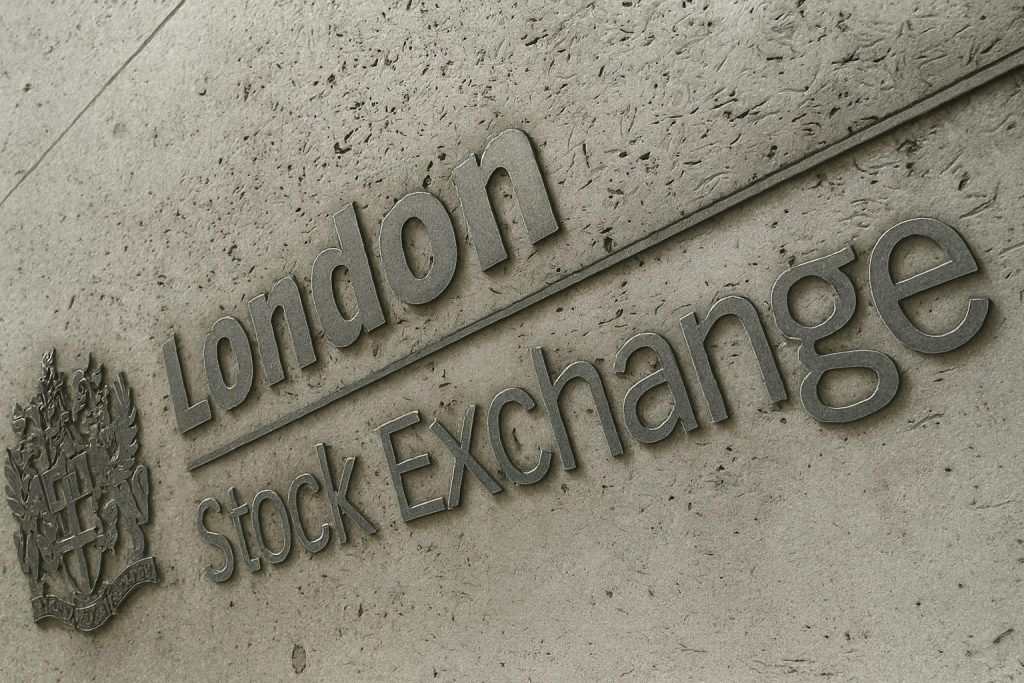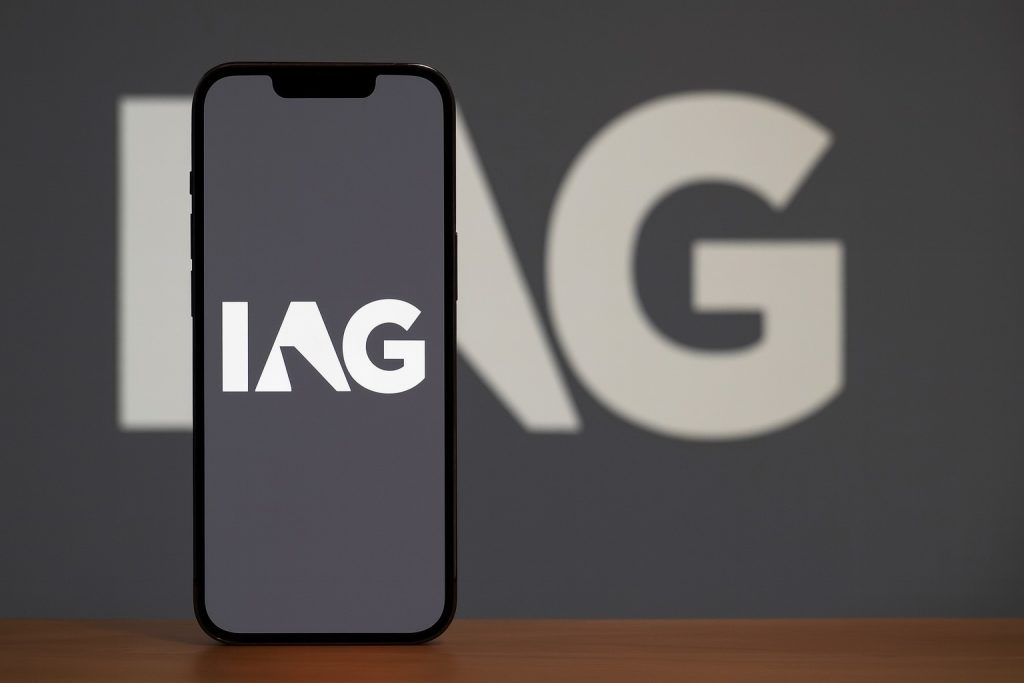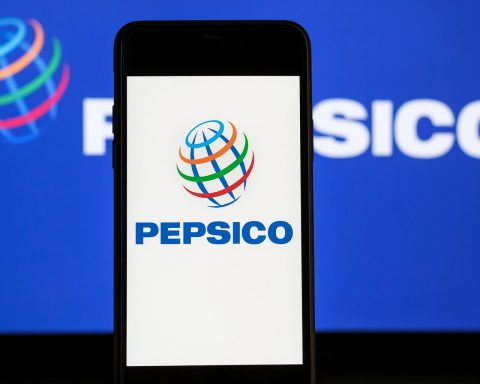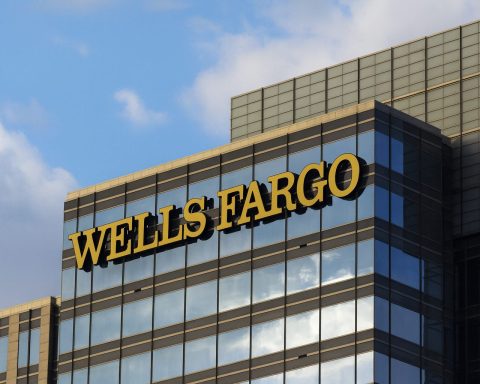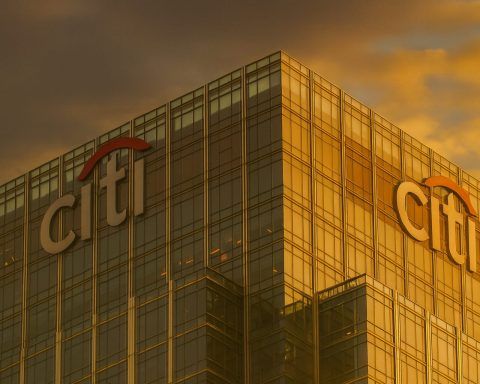- Shares surge on earnings: HSBC’s stock leapt around 3% in London trading on Oct. 28 to roughly 1,035 pence (~£10.35) after the bank’s third-quarter results, while its Hong Kong-listed shares climbed over 2% following the announcement [1] [2].
- Profit slides on legal charge: Third-quarter pretax profit fell 14% year-on-year to $7.3 billion, hit by a $1.1 billion litigation provision related to Bernard Madoff’s Ponzi scheme [3]. Despite this one-off hit, HSBC raised its full-year net interest income forecast to $43 billion (from ~$42 billion), anticipating that interest rate cuts in key markets will come more slowly than initially expected [4].
- Upbeat outlook & dividend: Executives struck an optimistic tone, boosting 2025 profit targets. CEO Georges Elhedery said HSBC now expects a “mid-teens or better” return on tangible equity next year [5]. The bank also declared a third interim dividend of $0.10 per share for 2025 (on top of $0.20 in earlier payouts) [6].
- Revenue and rate trends: Core revenues are rising despite economic headwinds. Net interest income jumped 15% in Q3, and fee income grew 12%, as high interest rates bolstered lending margins [7]. HSBC actually upgraded its income outlook because it believes rate cuts in the UK and Hong Kong will be slower than expected, keeping interest earnings elevated for longer [8].
- Market reaction to legal news: On Monday, HSBC’s stock initially tumbled over 2% after news of the Madoff-related charge broke, making it one of the FTSE 100’s worst performers, but shares pared losses to close just 0.3% lower by day’s end [9]. Analysts noted the legal provision may weigh on sentiment slightly yet should have limited impact on the bank’s capital plans since HSBC had already halted share buybacks to absorb the hit [10].
- Asia-focused expansion: Earlier in October, HSBC unveiled a $13.6 billion bid to buy out the remaining stake in its Hong Kong affiliate Hang Seng Bank, aiming to deepen its Asia focus. The deal, announced at a 30% premium, prompted HSBC to pause share buybacks for about three quarters to conserve capital and initially sent HSBC’s share price down about 6% on the news [11] [12].
Shares Rally After Earnings Beat Expectations
HSBC’s share price is on the rise after the bank’s latest earnings came in with surprisingly robust signals for future growth. In London trading Tuesday, HSBC shares jumped roughly 3% by mid-morning following the results, outperforming a flat FTSE 100 index [13]. The rally reflects investor relief that HSBC managed to absorb a large legal charge yet still boost its outlook. In Hong Kong, where the earnings were released at midday local time, HSBC’s stock similarly rose over 2% in an otherwise subdued market [14]. The gains indicate that markets have looked past the profit decline and latched onto the bank’s improved guidance and resilient revenue.
Several catalysts drove the positive share reaction. First, HSBC’s management raised key forecasts despite the hit to profits. The bank now expects to generate $43 billion in net interest income for 2025, up from around $42 billion estimated in June [15]. This upgrade suggests HSBC sees lending margins remaining stronger for longer, a bullish sign for future earnings. Additionally, the third-quarter revenue numbers topped analyst expectations, underpinned by double-digit growth in interest and fee income as global interest rates stay elevated [16]. This combination of a brighter outlook and solid underlying performance has encouraged investors, pushing HSBC’s share price higher even as headline profit fell.
Profit Hit by $1.1 B Madoff Charge, But Outlook Brightens
The quarterly results were a mixed bag: on one hand, HSBC’s profit was dented by a hefty legal provision; on the other, core business lines showed strength and the bank grew more optimistic about the coming year. Pretax profit for Q3 came in at $7.3 billion, down 14% from a year earlier [17]. The decline was largely due to a $1.1 billion charge HSBC took after losing part of an appeal in a long-running lawsuit tied to Bernie Madoff’s infamous Ponzi scheme [18]. That legal setback – stemming from HSBC’s role as a custodian for Madoff-linked funds – was a one-off blow that dragged earnings below last year’s level.
Yet outside of that provision, HSBC’s business is faring well. Revenue rose about 5% to $17.8 billion in the quarter [19], as the bank benefited from higher interest rates and robust client activity in key markets. Net interest income (the spread between what banks earn on loans versus pay on deposits) jumped 15% to $8.8 billion [20], reflecting fatter margins with rates still high. Fee and other income also climbed, especially in HSBC’s wealth management and Hong Kong units [21]. This helped offset a surge in operating expenses, which were up 24% due to investments and the cost of winding down certain operations [22].
Crucially, HSBC signaled confidence looking ahead. The bank raised its 2025 net interest income forecast to “$43 billion or better,” up from roughly $42 billion previously [23]. It also told investors to expect a “mid-teens or better” return on tangible equity for 2025 [24] – an upgrade to its profitability goal – even accounting for a typically quieter fourth quarter. This brighter outlook is based on HSBC’s view that interest rate cuts in its core markets will be gradual, meaning the current revenue boost from high rates will persist [25]. “The positive progress we are making gives us confidence in our ability to upgrade our targets,” CEO Georges Elhedery said, citing the bank’s sharpened strategic focus and strong quarter despite the legal hit [26].
HSBC also rewarded shareholders with another payout. It announced a $0.10 per share interim dividend – its third of the year – as a sign of resilience and commitment to returning capital [27]. The bank has paid $0.20 in total dividends earlier in 2025, so this brings year-to-date payouts to $0.30. While HSBC has paused its share buyback program (more on that below), the continued dividends underscore management’s confidence in capital strength post-earnings.
Hong Kong Property Woes and Legal Overhang Weigh
Despite the upbeat guidance, HSBC is not completely out of the woods. The bank’s exposure to turbulent markets – notably China and Hong Kong – continues to pose challenges that investors are watching closely. HSBC has been grappling with rising bad loans linked to the weakening Hong Kong property market. In the first nine months of 2025, the bank’s provisions for loan losses jumped by $900 million year-on-year, with about two-thirds of that increase driven by Hong Kong commercial real estate troubles [28]. Property values in Hong Kong have been sliding, and HSBC said it has adjusted its credit models to reflect an oversupply of offices and falling rents in the city [29]. The bank has also taken a cumulative $5 billion in writedowns over recent quarters on its stake in a Chinese regional lender, as China’s wider economic slowdown and property debt crisis bite [30].
These headwinds contributed to HSBC’s cautious stance even as it invests for growth. The bank’s Hong Kong division still posted an 11% rise in quarterly profit (to $2.5 billion) thanks to a rebound in wealth management activity [31]. However, its UK business saw profits dip 5% (to $1.6 billion) amid higher costs [32]. HSBC is essentially leaning on Asian growth to counter softer performance in Europe, a strategy underscored by its recent moves.
The legacy of past scandals also lingers. The Madoff case provision this quarter is a reminder that banks like HSBC remain vulnerable to legal aftershocks from the 2008 era. A Luxembourg court ruling went against HSBC’s affiliate regarding Madoff-related restitution claims, forcing the provision [33] [34]. HSBC plans to appeal further, noting the final payout could end up smaller or larger than $1.1 billion depending on legal outcomes [35]. Analysts largely see this as a manageable issue – the charge equates to a roughly 0.15 percentage-point hit to HSBC’s capital ratio, which is “little lasting impact” on its 14.6% Tier 1 capital buffer [36]. “The charge could weigh on sentiment slightly but the impact should be limited,” said Lorraine Tan, equity research director at Morningstar Asia, given HSBC had already accounted for such contingencies by suspending buybacks [37].
Analyst Views and Strategic Moves
Financial analysts have generally responded positively to HSBC’s direction, highlighting the bank’s ability to absorb shocks while pushing ahead with strategy. The unexpected legal hit was “a slight sentiment negative, but not a thesis changer,” in the view of many banking sector watchers. With share buybacks on hold (freeing up capital), HSBC’s capital ratios remain solid and its decision to lift guidance has been taken as a sign of underlying strength. The improved outlook “reflects increased confidence in the near-term trajectory for policy rates” in HSBC’s markets [38], as one market commentary noted. In other words, HSBC is effectively betting that interest rates won’t be cut too quickly, allowing it to continue earning strong interest margins into 2025.
HSBC’s leadership is also drawing praise for proactive moves. Under CEO Georges Elhedery – an HSBC veteran who took the helm about a year ago – the bank has been aggressively streamlining and reallocating resources. It has exited 11 underperforming markets and pruned back some investment banking operations in the West [39]. At the same time, HSBC is doubling down on Asia, which it views as its growth engine. The clearest example is the proposed takeover of Hang Seng Bank. Earlier this month, HSBC announced plans to purchase the 36% of Hang Seng (its Hong Kong subsidiary) that it doesn’t already own, in a deal worth HK$106 billion (US$13.6 billion) [40]. The offer – at HK$155 per share, a 30% premium – would delist Hang Seng and fold it entirely into HSBC’s operations, aligning it with the parent bank’s strategy.
Investors had a mixed initial reaction: Hang Seng’s stock surged 26% on the news, but HSBC’s share price dropped about 6% that day amid concerns about the price tag [41] [42]. HSBC promptly assured that the acquisition is a long-term play on Asia’s future. Executives argued it would unlock value by eliminating duplicate costs and allowing full control of strategy. “Absolutely not” driven by a need to rescue Hang Seng, Elhedery told Reuters, emphasizing that HSBC has the “firepower” for such deals and still plenty of capital for growth [43] [44]. Citi analysts agreed the strategic rationale is “compelling” and likely a better use of capital than continued buybacks, though they noted “investors will query why now and at this price” for such a big bet [45].
To fund the Hang Seng buyout, HSBC suspended its share buyback program for the next three quarters [46]. While buybacks were a key element of HSBC’s shareholder returns this year, pausing them allows the bank to shore up capital for the acquisition. Notably, HSBC’s common equity Tier 1 ratio is projected to dip by about 125 basis points (1.25%) once the Hang Seng deal completes [47]. Even so, management insists this is an acceptable trade-off for a strategic expansion in its top market. By taking full ownership of Hang Seng, HSBC aims to bolster its position in Hong Kong’s banking and wealth market, which Elhedery has described as a bet on the city’s long-term growth potential [48].
Broader Market Backdrop
HSBC’s earnings arrive against a mixed global financial backdrop. In the UK, the FTSE 100 index recently notched record highs, buoyed by optimism that inflation is finally easing. Last week’s softer UK CPI data spurred hopes that the Bank of England may soon start cutting interest rates, which lifted bank stocks and the broader market [49]. However, HSBC’s own forecast revision implies it expects any BoE rate cuts – as well as those in Hong Kong – will happen later or slower than markets had anticipated [50]. This somewhat contrarian view actually works in HSBC’s favor: every extra month of higher rates means more interest income for the lender. It’s a reminder of the delicate balance banks face as economies shift from a high-rate environment to an easing cycle.
Globally, investor attention is fixed on central banks and growth signals. This week the U.S. Federal Reserve meets amid widespread expectations of its first interest rate cut in years, after U.S. inflation slowed to 3% [51]. A Fed rate cut, if confirmed, would mark a pivotal moment, potentially weakening banks’ margins stateside but also relieving pressure on borrowers. Meanwhile, Europe’s other banking giants are reporting mixed results: on the same day as HSBC, France’s BNP Paribas posted a modest profit rise thanks to strong trading income [52], while others like Barclays and Standard Chartered (which reports later this week) navigate similar terrain of high rates and geopolitical risks.
Market sentiment has also been influenced by geopolitics and commodities. Hopes for a U.S.–China trade deal (with a summit expected soon) have improved the mood in Asia and helped drive down safe-haven gold prices from recent record highs [53]. Oil prices, on the other hand, remain volatile, with OPEC+ supply decisions in focus [54]. For banks like HSBC, a calmer trade environment and gradual interest rate transitions could create a sweet spot – supporting loan growth and asset quality even as the extreme highs of inflation and rates begin to moderate.
Bottom line: HSBC’s latest quarter shows a bank navigating challenges while capitalizing on opportunities. A significant legal and credit cost dented profits, but the underlying business is growing on the back of higher interest earnings and Asia’s resilience. By lifting its outlook and pursuing strategic deals, HSBC’s leadership is sending a message of confidence. Investors have responded in kind, pushing the share price higher on hopes that the banking giant can deliver on its promise of higher returns – even as it cleans up old liabilities and doubles down on its Asian franchise. The coming months will test that optimism, but for now HSBC has managed to turn a potential setback into a story of ambition and momentum in the global banking arena.
Sources: HSBC Q3 earnings report and market updates (Reuters) [55] [56]; Financial media analysis (Alliance News, Business Times) [57] [58]; Expert commentary (Reuters, Investing.com) [59] [60]; London market reaction reports [61] [62].
References
1. www.lse.co.uk, 2. www.reuters.com, 3. www.investing.com, 4. www.investing.com, 5. www.lse.co.uk, 6. www.reuters.com, 7. www.lse.co.uk, 8. www.investing.com, 9. www.reuters.com, 10. www.reuters.com, 11. www.reuters.com, 12. www.reuters.com, 13. www.lse.co.uk, 14. www.reuters.com, 15. www.reuters.com, 16. www.lse.co.uk, 17. www.lse.co.uk, 18. www.investing.com, 19. www.nasdaq.com, 20. www.lse.co.uk, 21. www.nasdaq.com, 22. www.nasdaq.com, 23. www.nasdaq.com, 24. www.lse.co.uk, 25. www.investing.com, 26. www.lse.co.uk, 27. www.reuters.com, 28. www.reuters.com, 29. www.reuters.com, 30. www.reuters.com, 31. www.businesstimes.com.sg, 32. www.businesstimes.com.sg, 33. www.reuters.com, 34. www.reuters.com, 35. www.reuters.com, 36. www.reuters.com, 37. www.reuters.com, 38. www.investing.com, 39. www.reuters.com, 40. www.reuters.com, 41. www.reuters.com, 42. www.reuters.com, 43. www.reuters.com, 44. www.reuters.com, 45. www.reuters.com, 46. www.reuters.com, 47. www.reuters.com, 48. www.businesstimes.com.sg, 49. www.reuters.com, 50. www.investing.com, 51. www.investing.com, 52. www.investing.com, 53. www.reuters.com, 54. www.investing.com, 55. www.investing.com, 56. www.lse.co.uk, 57. www.lse.co.uk, 58. www.businesstimes.com.sg, 59. www.reuters.com, 60. www.investing.com, 61. www.reuters.com, 62. www.reuters.com
